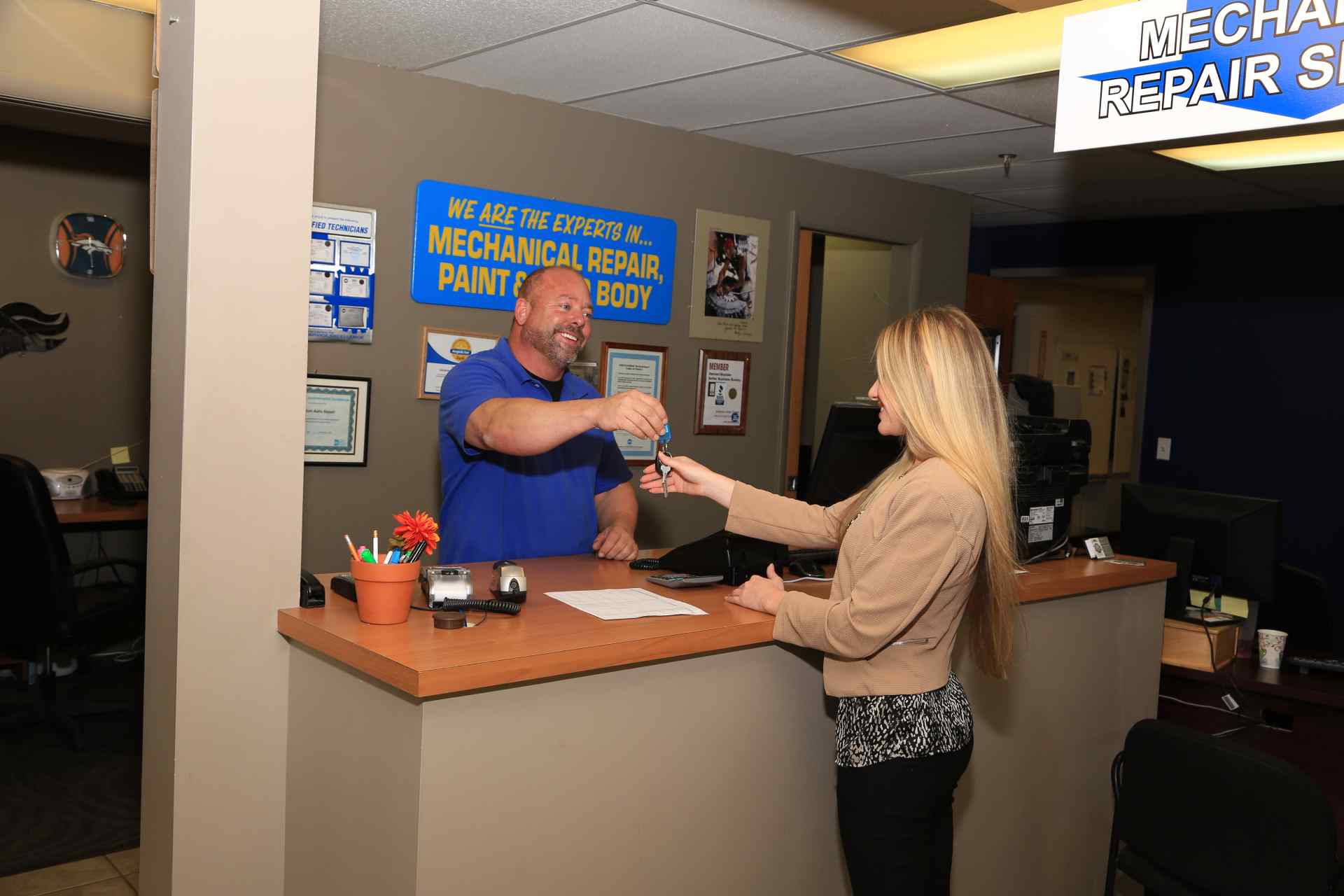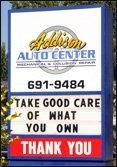MAINTENANCE SERVICES
MAINTENANCE PAYS OFF
A well adhered to maintenance program pays off in numerous ways. Keeping a vehicle up to 200,000 miles versus buying a new car more often, saves tens of thousands of dollars. Keeping maintenance up to date keeps a vehicle much more reliable and less prone to a breakdown or emergency repair.
The maintenance schedule in the owner’s manual isn’t always complete. Every car maker wants their car to be perceived as “low maintenance”, hence 10,000-mile oil changes, 100,000-mile spark plug changes and “lifetime” coolant. It’s not what is best for the vehicle but it looks good in the glove box on the showroom floor.

Fluid Changes
- Engine oil and filter change
- Transmission fluid flush. A drain and fill only replaces 25-30% of the fluid.
- Brake fluid change: Over time brake fluid absorbs water and will corrode the hydraulic components.
- Power steering fluid change: This gets rid of the metal particles that the fluid accumulates.
- Cooling system flush: When corrosion inhibitors are used up corrosion begins to choke off the flow through the radiator.
Filters
- Engine air filter: When this gets dirty and clogged performance or fuel economy will suffer.
- Fuel filter: When it gets clogged, the fuel pump is forced to pump harder, creating more heat and shortening the life of the pump. It’s not unusual for a fuel pump replacement to cost over $500.
- Passenger compartment filter (cabin filter): It filters out pollen and dust from air coming through the heater and AC ducts.
Belts
- Drive belts or serpentine belts: These drive the water pump, alternator, power steering pump and AC compressor. The belt becomes dry and cracked and if it breaks the car will not be drivable.
- Timing belt: This keeps the pistons and valves in sync and if it breaks, severe engine damage could occur. The replacement interval is usually between 60,000 and 100,000 miles.

Tires
- Tire rotation: Tires should be rotated every 6000-10,000 miles to avoid uneven wear.
- Alignment: A vehicle that is out of alignment will handle poorly, wear out tires or both. Alignments should be done at least once a year.
